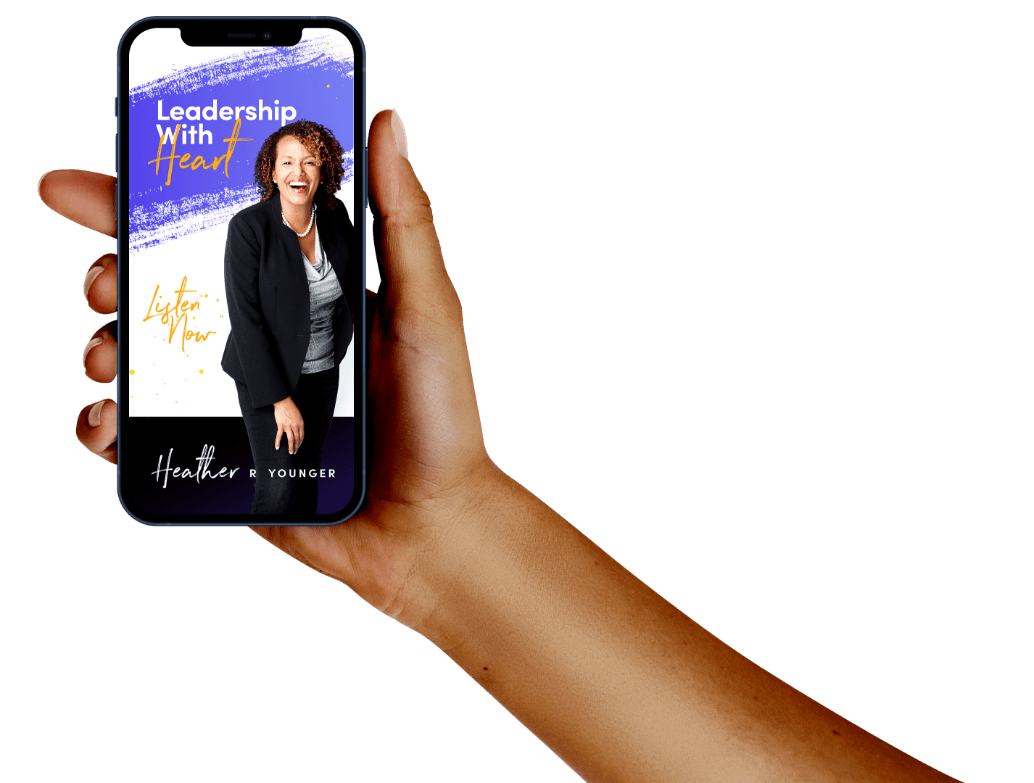I remember a time when an organization was struggling with morale. They had been going through a lot of changes, and many employees felt uncertain about their future and their roles. It seemed like the leaders were very disconnected from the wants and needs of the employees, and there wasn't any kind of effort to foster open communication or an encouraging work environment.
Are you a leader looking to improve how you and your team work the best together? Have you been searching for effective ways to foster resilience in your workplace culture? Creating a culture of resilience starts with understanding the individual dynamics of your team and how different members respond to stress, difficulty, and change.
There are many ways leaders can cultivate a resilient workplace environment where employees feel supported and empowered to take on new tasks or challenges with confidence. Building a resilient workplace culture is a complex and ongoing process, but it's one that leaders and teams must invest in if they want to create a space where employees feel supported and empowered to do their best work.
The concept of resilience is very personal—it's about your own ability to bounce back from setbacks, disappointments, and failures. Resilience is also about your ability to build up others around you so that they can be more resilient themselves.
Shape How People Think About Resilience
As a leader or team member in an organization, you have the opportunity to shape how people think about resilience—and what it means for them personally. You can help your employees develop where they're encouraged to take risks, learn from failure, and show compassion for one another during times of difficulty.
As a leader, you can help by creating a culture of trust and inclusion. A resilient culture is one that adapts to change and thrives on uncertainty. It’s not about being perfect or avoiding mistakes, it’s about learning from them and moving forward. To create this kind of environment, you need to foster an atmosphere that encourages everyone to be open to new ideas and experiences. You should also encourage employees to take ownership of their work and develop their strengths.
The following tools can help you build this kind of culture:
- Encouraging self-reflection helps people become aware of their own strengths, weaknesses, values, and beliefs so they can improve how they work together as a team. This tool can also help teams reach a consensus on decisions by helping each member understand their own perspective as well as others.
- Building empathy among your employees will help them understand what motivates others so they can better communicate with each other when working together on projects or tasks within the organization. Learning how to give constructive feedback will also help people feel heard when giving feedback themselves. In the article from High Speed Training “Critical thinking requires stopping and thinking logically, rather than being swayed by emotions. It also means being open to admitting you don’t know everything and can ask questions to learn more.”
- Developing strong relationships between employees will help them support each other and create a more collaborative work environment. Programs like team building sessions or group activities can help foster these connections, which in turn make people more motivated to do their best work.
- Facilitating open communication among your organization's teams is essential for creating an inclusive culture. Encouraging employees to ask questions and share their opinions will help them feel more included in the decision-making process, which can lead to higher job satisfaction and better overall performance.
- Creating an environment where feedback is welcomed and encouraged will help your team learn from each other and grow together. Establishing a system for giving timely and meaningful feedback to each other can help foster collaboration and respect among your team members.
- Working together on a common goal is one of the best ways to build a strong team culture. Whether it's working to meet deadlines, achieving milestones, or tackling difficult problems, initiatives involving teamwork will help build trust and camaraderie within your organization.
Reflection
Creating a resilient workplace culture doesn't happen overnight, but with effort and dedication, it is possible to create an environment where individuals feel safe, supported, and valued. Investing in the right tools can help leaders foster an environment of resilience so that everyone involved can grow stronger together. With resilience come strength, creativity, and a sense of purpose—all of which are essential for success. As a leader or team member in an organization, you have the power to shape how people think about resilience and help them become more resilient themselves. It's up to you to take action and make it happen!






